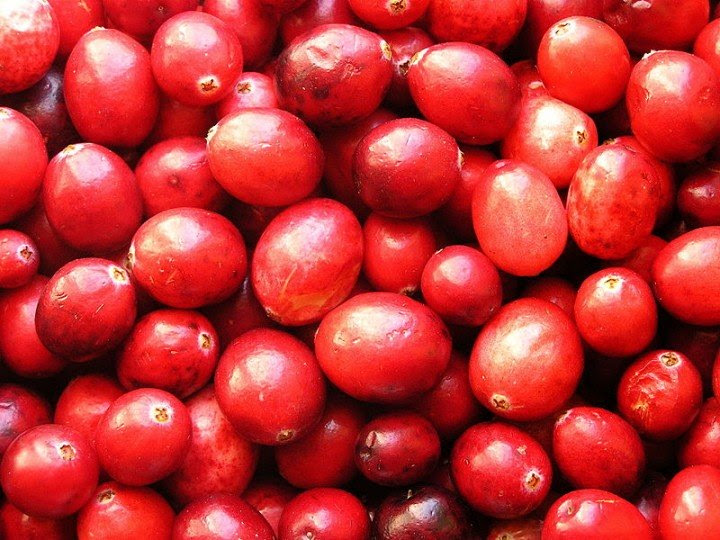Cranberries have long been considered a folk remedy for the prevention of urinary tract infections. Now a team of researchers including scientists at the University of Georgia think they know why.
UGA scientists, working with colleagues at the University of Mississippi, provided crucial information in the discovery of a class of oligosaccharides—a type of complex carbohydrate—that may help explain the effectiveness of cranberry for preventing urinary tract infections. The discovery of these compounds in urine may lead to future research on the cardiovascular and metabolic health benefits of soluble dietary fibers from many plants.

Until now, it hasn’t been clear how cranberry consumption prevents the adhesion of bacteria, and therefore infection, in the urinary tract. The prevailing theory has long credited a type of micronutrient called proanthocyanidins, but analyses performed at UGA’s Complex Carbohydrate Research Center helped identify a type of soluble dietary fiber related to cellulose called an arabinoxyloglucan oligosaccharide.
Christina Coleman, the lead author on the study, spent several years searching unsuccessfully for proanthocyanidins in the urine of cranberry-fed pigs. She performed the research as a Ph.D. student at the University of Mississippi and ended up isolating a compound that she could determine was a complex carbohydrate, but she didn’t have the tools to fully identify.
She turned to CCRC scientists Parastoo Azadi and Ian Black, co-authors on the study, for help. Their specialized skills in carbohydrate chemistry, along with the advanced analytical resources available at the CCRC, enabled them to elucidate the structure of the material Coleman had isolated.
“We analyze carbohydrates from a variety of sources—plants, bacteria, drug products—for scientists, industry and research institutes,” said Azadi. “In this case, the researcher had isolated an oligosaccharide from a urine sample but had limited amounts and needed specialized analyses. We provided the structure of the oligosaccharide, which allowed us to identify it as an arabinoxyloglucan.”
With the reliable structural data provided by the CCRC team, Coleman was subsequently able to identify an entire series of related arabinoxyloglucan oligosaccharides in her porcine urine sample.
“Isolation of natural products requires a lot of trial and error—it’s like trying to work through a maze, and when you get to the end you may not have much compound to work with for identification,” Coleman said. “Without CCRC’s expert contribution, the best I could have said is that it was a complex carbohydrate. Their analyses allowed identification of key structural elements that helped us put the structure together.”
While examining analogous cranberry material, Coleman and colleagues found a similar complex series of arabinoxyloglucan oligosaccharides that exhibited anti-adhesion properties in preliminary testing, indicating that oligosaccharides related to those found in cranberry may contribute to the anti-adhesion properties of urine after cranberry consumption.
These findings address a gap in knowledge with regard to the significance of oligosaccharides in urine, according to Coleman.
“Everyone knows dietary fiber is good for the gut, but most people believe it stays in the gut and is never absorbed into the circulation,” she said. “These oligosaccharides are a type of dietary fiber, but they’re a really small, soluble, special kind. If these compounds end up in urine, then they must be absorbed into the circulation, and that means they can affect body systems beyond the gut and may have importance beyond urinary tract health.
“The implications of our findings regarding cranberry and porcine urine are much greater than cranberry. If this dietary oligosaccharide, with all of its various properties, can make it into mammalian urine, what about others?”

Leave a Reply